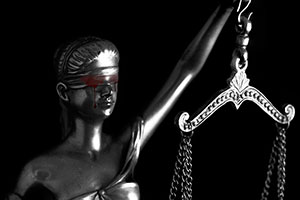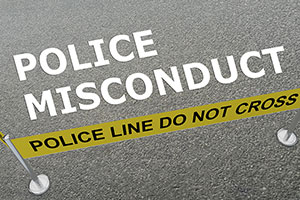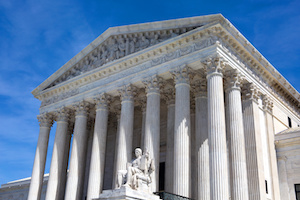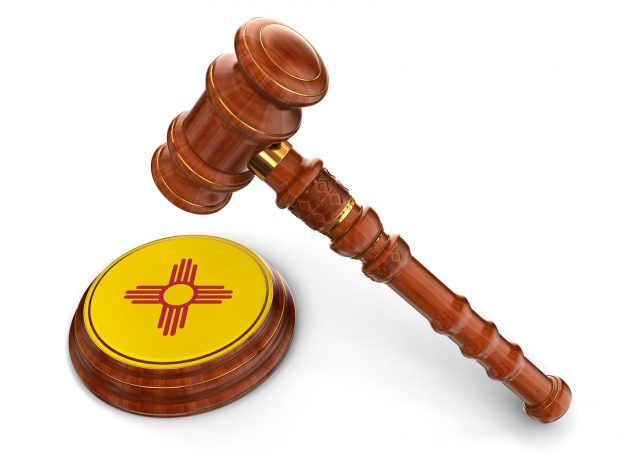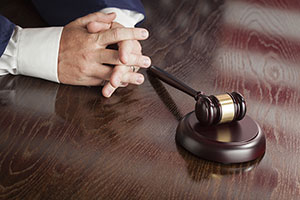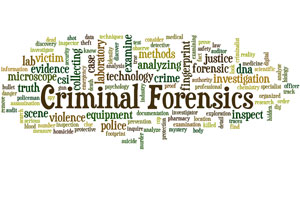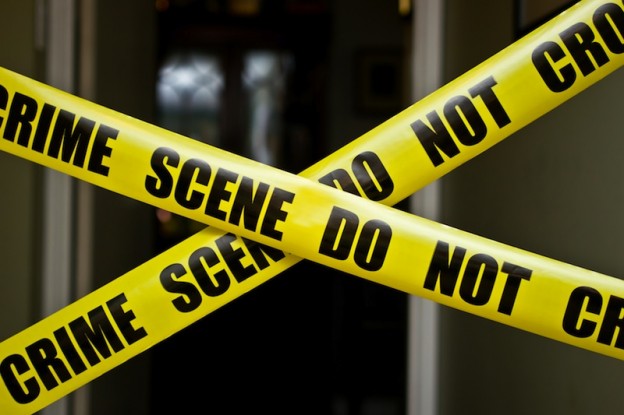New York Attorney General Letitia James made an unusual decision to include the testimony of a defense expert when she presented the prosecution’s case against Rochester police officers who allegedly caused the death of Daniel Prude. Despite evidence that Prude stopped breathing while being restrained by the police, a grand jury refused to indict the officers who restrained him. James now faces criticism for her choice of expert witnesses.
Death Investigation
James began an investigation of Prude’s death in July 2020. The results of her investigation are summarized in a report that she released prior to the grand jury vote.
Prude’s brother called 911 to report that Prude was suicidal, had used PCP, and had run from the brother’s home on a freezing night without putting on shoes or a coat. Prude’s brother hoped that the police would locate and help Prude.
Prude tossed a brick through a window and later told a tow truck driver that he needed help. The driver called 911 after Prude ran away. The driver reported that Prude was covered with blood. Prude removed all of his clothing while he was being recorded by a bystander.
Officers of the Rochester Police Department arrived at the scene. Officer Vaughn told Prude to get on the ground and put his hands behind his back. Prude complied and Vaughn handcuffed him. Other officers arrived. While awaiting an ambulance, Prude began to spit, so officers placed a spit sock over his head. The spit sock made Prude even more agitated.
The officers believed that Prude was trying to stand. Officers Taladay and Santiago forced him to the ground and held him there using a stabilization technique known as “segmenting.” They learned that technique in their training. The report explains that “the segmenting involved PO Vaughn holding Mr. Prude’s head to the side and applying downward pressure while PO Taladay placed a knee along Mr. Prude’s lower back / belt line.”
An ambulance arrived with a paramedic and an EMT. The report suggests that they acted with a lack of urgency. Neither the paramedic nor the EMT checked on Prude’s condition as he was being restrained. The paramedic considered using a sedative to calm Prude while the EMT brought a gurney from the ambulance.
Prude vomited, then fell silent. At some point, Vaughn noticed that Prude was no longer breathing. He rolled Prude onto his side. The EMT could not find a pulse so he asked the paramedic for assistance. The paramedic directed the EMT to begin CPR. After several minutes, Prude recovered a heartbeat, but he never recovered consciousness. Prude was removed from life support about a week later.
Autopsy Report
The county medical examiner performed an autopsy. She ruled the death a homicide. She identified the causes of death as:
- Complications of asphyxia in the setting of physical restraint
- Excited delirium
- Acute phencyclidine intoxication
“Excited delirium” is a controversial diagnosis that refers to “the abrupt onset of aggression and distress, typically in the setting of illicit substance use, often culminating in sudden death.” The nonprofit Brookings Institution cautions that the diagnosis “is not recognized by the vast majority of medical professionals.”
Many experts regard excited delirium as junk science. The medical examiner who autopsied Prude noted that the condition is “quite rare.” It is almost exclusively diagnosed when a death occurs while a suspect is being restrained by the police.
The finding of more than one cause of death is not unusual. People often die for multiple reasons. If one person stabs another in the heart, heart failure will be a cause of death, but so will stabbing.
The question in Prude’s case was whether he would have died in the absence of police restraint. If not, police restraint was a cause of his death. The medical examiner concluded that neither PCP ingestion nor excited delirium would have caused Prude’s death if he had not been restrained. She therefore concluded that restraint was a cause of his death.
Retained Experts
The Attorney General’s office retained Dr. Gary Vilke to review the official autopsy results. Dr. Vilke is an emergency room physician in California who has testified in more than one hundred cases involving deaths in police custody. In each case, he was retained by the police officer who was accused of causing the death.
Dr. Vilke agreed with the medical examiner that Prude’s ingestion of PCP caused him to experience excited delirium. Vilke determined that Prude died from cardiac arrest. He described people who are in a state of excited delirium as being particularly vulnerable to heart attacks.
James has been criticized for hiring Dr. Vilke, an expert who has “a consistent track record of deflecting blame from police when people die in their custody — including with regard to excited delirium and restraint leading to asphyxia, two hotly debated concepts that loomed large in Prude’s death.” Perhaps an expert whose career suggested greater objectivity about deaths in police custody would have been a better choice.
James also hired Geoffrey Alpert, an expert in use of force. Alpert generally concluded that the officers acted within the boundaries of acceptable police practices. He concluded that placing the spit sock over Prude’s head, taking him to the ground, and performing the “segmenting” maneuver were all reasonable decisions. He did fault the officers for failing to roll Prude over after he vomited to prevent him from choking on his vomit.
Grand Jury Proceedings
James’ office presented evidence about Prude’s death to a grand jury. It asked the grand jury to indict the officers. The grand jury refused to do so.
Given the oft-repeated observation that any prosecutor can get a grand jury to indict a ham sandwich, the grand jury’s decision not to indict has raised questions about the Attorney General’s commitment to the case. While she expressed disappointment in the grand jury’s decision and concern about the rate at which black men are killed by police officers, a state Attorney General generally sides with the police — and routinely relies on police witnesses — in criminal prosecutions.
While James blamed the system for the grand jury’s decision, an attorney for the Prude family is asking why James’ office presented testimony from Dr. Vilke, an expert who routinely testifies in support of police officers. James is, after all, part of “the system.” Perhaps “the system” should not rely on an advocate of the controversial “excited delirium” theory when it seeks homicide indictments.
James might have been concerned that the defense would call a witness like Dr. Vilke at trial and wanted to test that defense before the grand jury. Yet presenting defense evidence to a grand jury is exceedingly uncommon. Prosecutors generally have no obligation to present evidence of innocence to a grand jury, although they may choose to do so in the interest of fairness. Whether it was “fair” to present controversial evidence about “excited delirium” to the grand jury is a matter of opinion.


